Dilution test first. The CYA scale isn't equidistant. What you see as just below 100 and might call 102 could well be 120. So follow Step 8 here.
I would be wary of adding any algae products. You don't know what's in it. If it has potassium monopersulfate, it will mess with the CC test. If it's got metals, it can cause staining.
If you don't want to drain over the weekend, run it up to shock level tonight and brush it until your arms get rubbery and your lower back aches. Enlist the children to help. Wait -- test pH and fix that first if it needs it, because you won't be able to later. Then in the morning, it should be settled some and you can vacuum it up. Sneak up on it and let the vacuum pull it in. Move too fast and you'll just create a wave that will push it away. By morning the FC will be well below shock level, so as long as you can see the drain, it'll be swimmable, Encourage the kids to scrub while they're swimming.
After the heat wave passes, then you can start draining.
I would be wary of adding any algae products. You don't know what's in it. If it has potassium monopersulfate, it will mess with the CC test. If it's got metals, it can cause staining.
If you don't want to drain over the weekend, run it up to shock level tonight and brush it until your arms get rubbery and your lower back aches. Enlist the children to help. Wait -- test pH and fix that first if it needs it, because you won't be able to later. Then in the morning, it should be settled some and you can vacuum it up. Sneak up on it and let the vacuum pull it in. Move too fast and you'll just create a wave that will push it away. By morning the FC will be well below shock level, so as long as you can see the drain, it'll be swimmable, Encourage the kids to scrub while they're swimming.
After the heat wave passes, then you can start draining.




